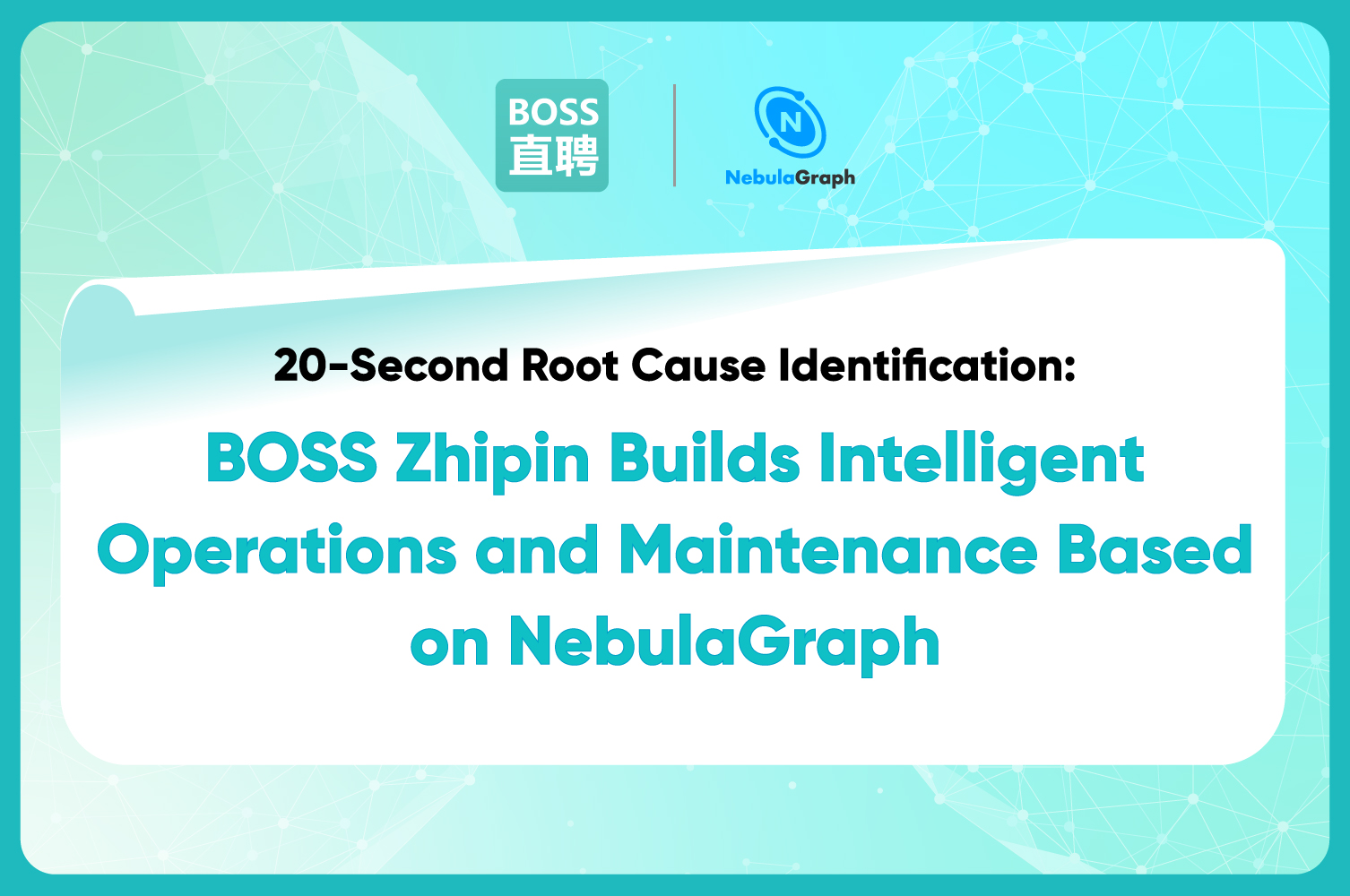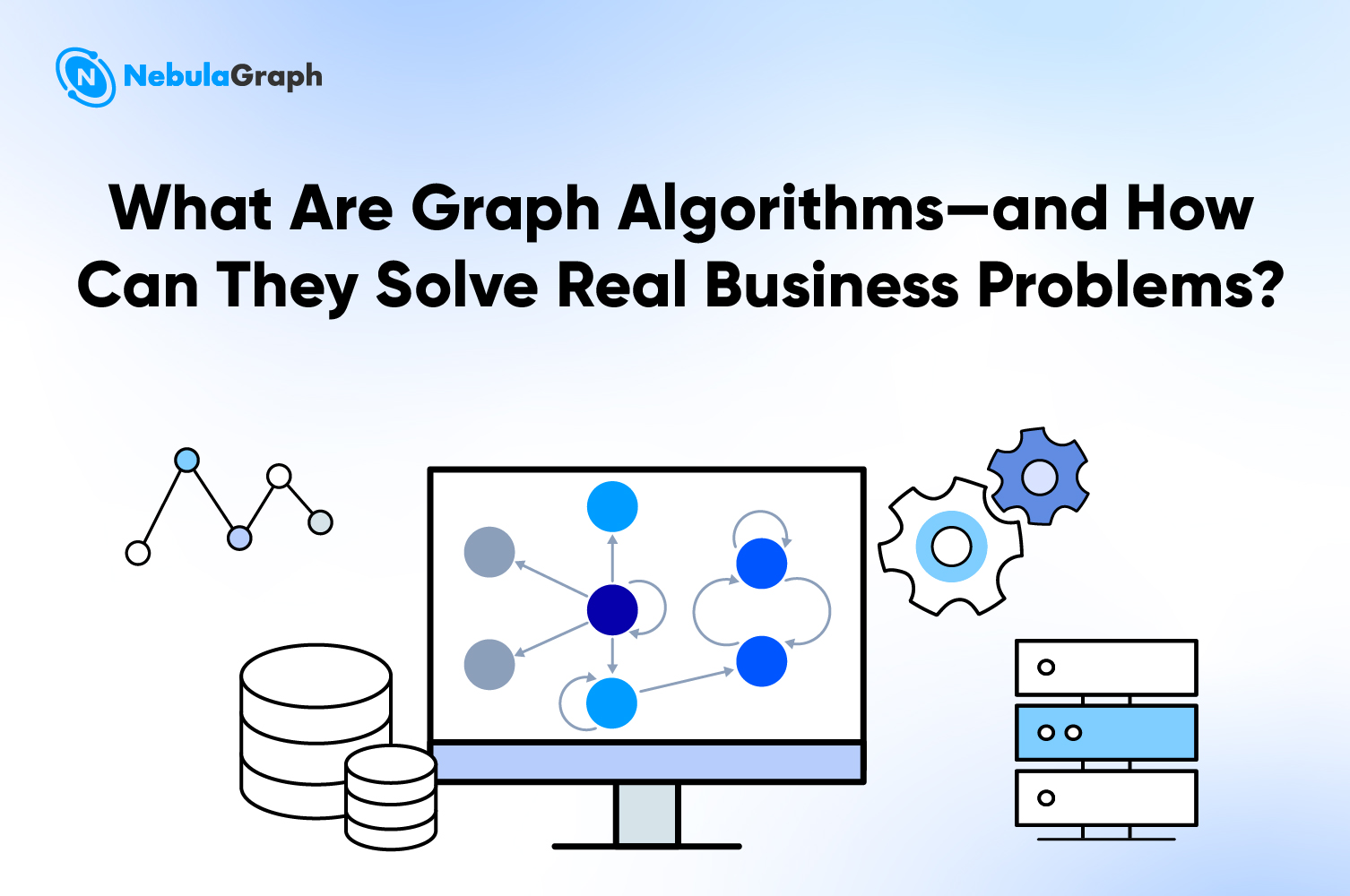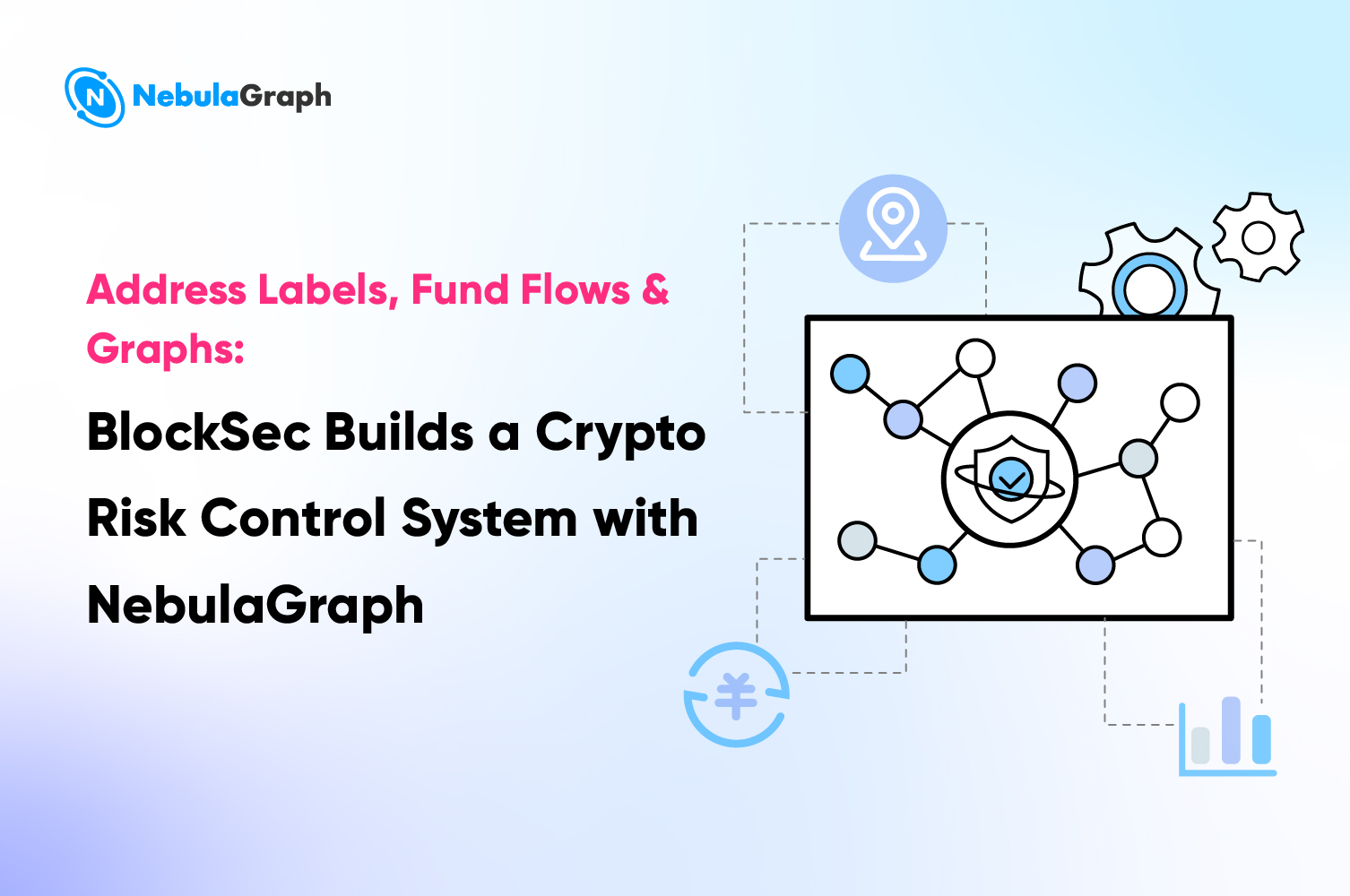Performance
Memgraph vs NebulaGraph Comparison
Many organizations are keen to harness the full potential of big data. Central to the intricacies of big data lies a seemingly straightforward yet profoundly complex element: relationships. When the relationships in a given data set are complex, making sense out of this data becomes a tough nut to crack. Luckily, graph databases have emerged as the ultimate solution to this challenge. The graph database market has significant options, which is good for solution seekers. The only challenge comes in when you want to pick one over the other. If this is the kind of challenge you are facing in choosing between Memgraph and NebulaGraph, then this resource should hopefully answer your questions and give you a clarification to make the ideal decision. Let's start by looking at each, in brief.
NebulaGraph
NebulaGraph is an open source graph database that is scalable with lightning fast performance. The impressive scalability is derived from its shared-nothing architecture whereas its swift and real-time traversal is thanks to its native graph storage architecture. It’s suitable for real-time recommendation, risk control, knowledge graph and network security. NebulaGraph has been recognized by Gartner in the Market Guide for Graph Database Management Systems.
Memgraph
Memgraph is an in-memory open source graph database that can query large scale graph data. It's suitable for analytics needs. It's essentially a memory-first graph that is built in C/C++ and boasts a redundant architecture. Also Read: Neo4j vs TigerGraph vs Dgraph vs NebulaGraph
At a glance : A comparison of essential features between Memgraph and NebulaGraph
| Component | Memgraph | NebulaGraph |
|---|---|---|
| Deployment | On-premise or Cloud | On-premise or Cloud |
| Programming Language | C++ | C++ |
| License | Apache 2.0, BSL, Commercial | Apache 2.0, Commercial |
| Hosting | Memgraph Cloud | NebulaGraph Cloud |
| Query Language | Cypher | Nebula Query Language, compatible with OpenCypher |
| Data Schema | Flexible | Flexible |
| Current version | v2.12.1 | v3.6.0 |
| Stars in Github | 1.9k | 9.7k |
| Year of Release | 2017 | 2019 |
Memgraph vs NebulaGraph: Detailed comparison
At the onset, we would like to make it clear that both Memgraph and Nebulagraph have distinct strengths that make them great for graphical data for different needs. This comparison, therefore, is designed to help you refine your pick depending on what you want your database to achieve. The comparison is based on a series of aspects that we believe are critical when working with data.
Performance
NebulaGraph’s native graph engine unleashes extremely fast QPS and TPS with negligible latency whose range is in the milliseconds. With this, you can process extremely huge volumes of data in a snap! Memgraph also demonstrates strong read performance, particularly for small to medium-sized graphs. Its in-memory storage and parallel processing capabilities are instrumental in achieving efficiency in handling read requests. When the Tencent Cloud Security team tested NebulaGraph alongside other graphs, specifically Neo4j and JanusGraph, NebulaGraph emerged the fastest for larger data sets.
Ease of use
NebulaGraph provides a user-friendly web console for managing the graph database, creating and executing queries, and visualizing graph data. Memgraph similarly provides a user-friendly web interface for managing the graph database, executing Cypher queries, and visualizing graph data through Memgraph Lab.
Security
Both NebulaGraph and Memgraph prioritize data security with a comprehensive set of features to protect graph data from unauthorized access and maintain data integrity. Both databases implement role-based access control (RBAC) to restrict data access based on user roles and permissions. They support multiple authentication methods. These include password and token-based authentication, as well as LDAP integration. This is in addition to strong encryption to safeguard data at rest and in transit. To ensure traceability and accountability in case of security incidents, both NebulaGraph and Memgraph provide comprehensive auditing capabilities. All user actions are logged, including data modifications. They also maintain vulnerability disclosure programs and promptly release security updates to address identified vulnerabilities.
Scalability
NebulaGraph is horizontally scalable. It means you can add more nodes to the cluster to handle increasing workloads.
Memgraph is vertically scalable, meaning that you can upgrade the hardware of your existing nodes to handle increasing workloads.
Use cases
NebulaGraph is well-suited for the following use cases
- Real-time recommendation engines: NebulaGraph can capture user preferences that are useful for building recommendation engines that can personalize product suggestions, content recommendations, and more. This capability is fantastic for eCommerce platforms.
- Social networks: NebulaGraph's ability to efficiently store and query interconnected data makes it the best graph database for managing social networks. It powers efficient friend recommendations, community detection, and influencer analysis.
- Financial risk control/fraud detection: NebulaGraph can effectively handle the highly complex data that comes from fraudulent transactions and return results immediately in the course of the transaction.
- Knowledge graphs: The ability to store and query semantic relationships makes NebulaGraph suitable for building knowledge graphs that can represent and organize information from various sources, enabling knowledge discovery and inference.
- Cybersecurity: Through native graph storage and shared-nothing architecture, NebulaGraph is capable of tracking the paths of networks and devices to discover potential threats.
Memgraph is suited for these use cases
- Cybersecurity: Like NebulaGraph, Memgraph can also be used in cybersecurity to detect threats.
- Recommendation engine: Suitable for building recommendation engines aimed at enriching customer experience and engagement.
- Identity and Access Management: Build IAM systems capable of monitoring complex permissions.
- Network Resource Optimization: Memgraph's real-time, concurrent, write-heavy data capabilities, powered by its C++ in-memory architecture, make it ideal for optimizing network resource utilization.
Data model
For NebulaGraph, six data structures are used to store data. These structures include:
- Graph spaces
- Vertices
- Edges
- Tags
- Edge types
- Properties
Read more about the NebulaGraph’s data structures
Memgraph uses data structure types such as Linked List, Matrix, Queue, Stack and Tree Structure. Dig deeper into how these data structures can be represented in Memgraph.
Indexing
Both NebulaGraph and Memgraph employ indexing and optimization techniques to enhance performance.
In NebulaGraph, the indexes are stored together with the raw data (vertices and edges) in a partition. The Raft protocol is used to synchronize different partitions within a storage engine. Multiple storage engines can be contained in one storage server. Read more about indexing in NebulaGraph.
Memgraph, on the other hand, leverages the concept of skip lists as the foundation of its indexing. Skip lists are like a smart way of organizing information so you can find things quickly in a list. Imagine you have a list of items, like numbers, in a specific order. Now, instead of going through each item one by one to find what you need, a skip list creates shortcuts or 'highways' to help you get there faster. Picture it like this: the list is like a regular road, and then there are faster roads built above it. The bottom road keeps everything in order, like the original list. The higher roads are like shortcuts that let you skip some items and get to your destination faster. It's a clever way to speed up searching in a list. Read more about how indexing works in Memgraph.
Consistency
Both NebulaGraph and Memgraph offer consistency and availability guarantees. They ensure data integrity and accessibility even in the face of failures or network partitions. NebulaGraph provides eventual consistency, where all replicas are eventually synchronized. A feature known as TOSS was introduced from the start of v.2.6. to guarantee eventual consistency of edges upon INSERT, UPDATE, and UPSERT. Find out more about NebulaGraph’s eventual consistency. Memgraph also provides strong consistency, guaranteeing that all replicas are consistent at all times. It achieves this by using the RAFT algorithm for replication. The RAFT algorithm acts like a voting system among replicas: one node becomes the "leader", proposing changes to the database. Other nodes vote on those proposals, and if a majority agrees, the change is applied to all replicas simultaneously, ensuring up-to-date information, thus achieving strong consistency.
Community
Both NebulaGraph and Memgraph have active and growing communities that provide support and resources for users. NebulaGraph's community is particularly large and well-established, with a strong presence on GitHub and a forum hosted within NebulaGraph . It offers extensive documentation, tutorials, and code examples to help users get started and troubleshoot issues. Memgraph's community is smaller but growing and especially active in Discord. It also provides comprehensive documentation, tutorials, and dedicated support channels.
Conclusion
NebulaGraph and Memgraph are both powerful graph databases with distinct strengths. NebulaGraph excels in managing complex data, horizontal scalability, strong consistency guarantees, and support for time-series data. Memgraph excels in real-time processing and analytics. To try out NebulaGraph, you're most welcome to the NebulaGraph Demo (No Installation). Feel free as well to explore the NebulaGraph Manual, and join the vibrant Nebula community in Github.


